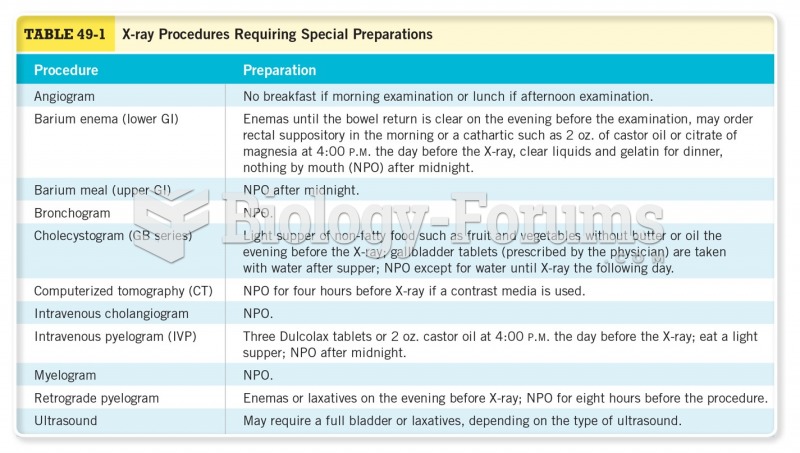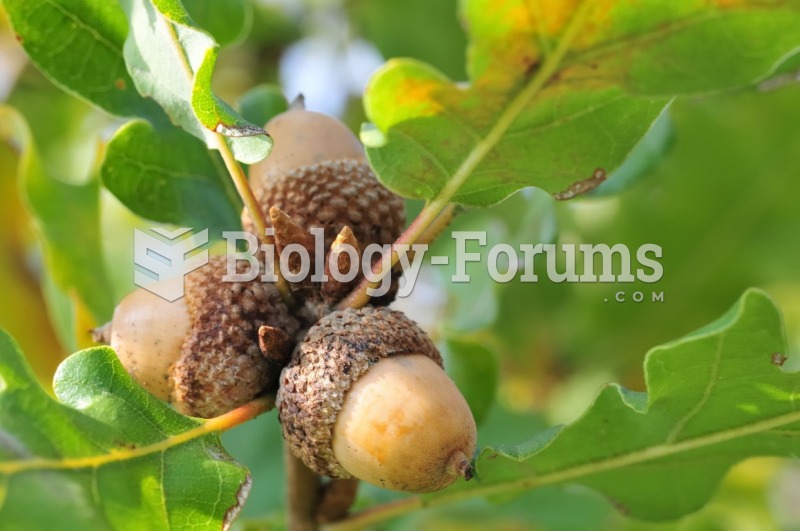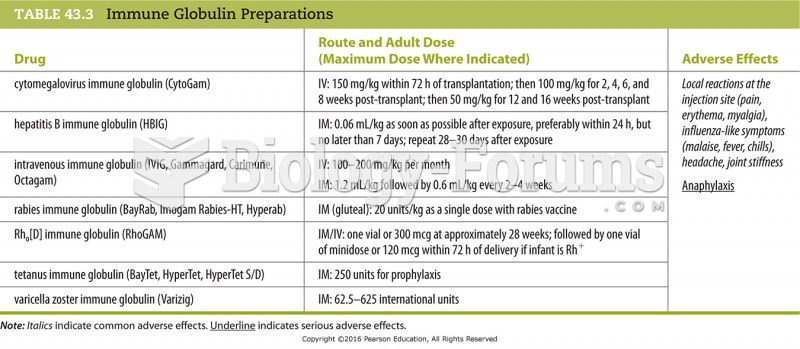Answer to Question 1
- Steinbeck wisely sets up the reader for this moment with the detailed description of her masculine, dirty gardening clothes. After she begins to describe the seeding of the chrysanthemums for the salesman, she begins to relinquish her clothes: first her battered hat that reveals her dark pretty hair (par. 62) and then her gloves, which she forgot in the garden.
As her strong hands press the seeds in the bright new flower pot, the traveling salesman stood over her (par. 64). Elisas battle with her stifled sexuality is conveyed in detail (her hand went out toward his legs in the greasy black trousers. . . . She crouched low like a fawning dog (par. 75). William R. Osborne demonstrates that Steinbeck, in revising the story, heightened Elisas earthiness and the sexual overtones of her encounter with the repairman (
Modern Fiction Studies 12 1966: 47984). The revised version as it appeared in
The Long Valley (New York: Viking, 1938) is the text used in this book.
Elizabeth McMahan finds a purification ritual in the scene that follows. Elisa felt shame after her display of passion before the stranger. Now she cleanses herself before returning to her husband, the man to whom she should lawfully reach out in desire. McMahan believes that Elisa punishes herself with the abrasive pumice until her skin is scratched and red (par. 93). (The Chrysanthemums: A Study of a Womans Sexuality,
Modern Fiction Studies 14 1968: 45358.) However, it is easy enough to read this scene more simply: when Elisa puts on her best dress, which the narrator says is the symbol of her prettiness, she wants to rememberand she wants her husband to noticeher femininity (in contrast to the masculine gardening outfit), while preparing to enjoy a long-awaited evening in town, away from her farm.
Answer to Question 2
- The traveling salesman feigns interest in Elisa and her flowers in order to make a sale. However, though crafty and unkempt, the repairman does have a touch of the poet that sparks Elisas interest. He describes a chrysanthemum as a quick puff of colored smoke (par. 52). Elisas short-lived belief that he values her flowers (and by extension, recognizes her womanliness) causes an energetic loquaciousness, and her irritation and resistance melt (par. 51). The conversation releases in her a long-pent eroticism for which the repairman is ill prepared and takes care to avoid.







